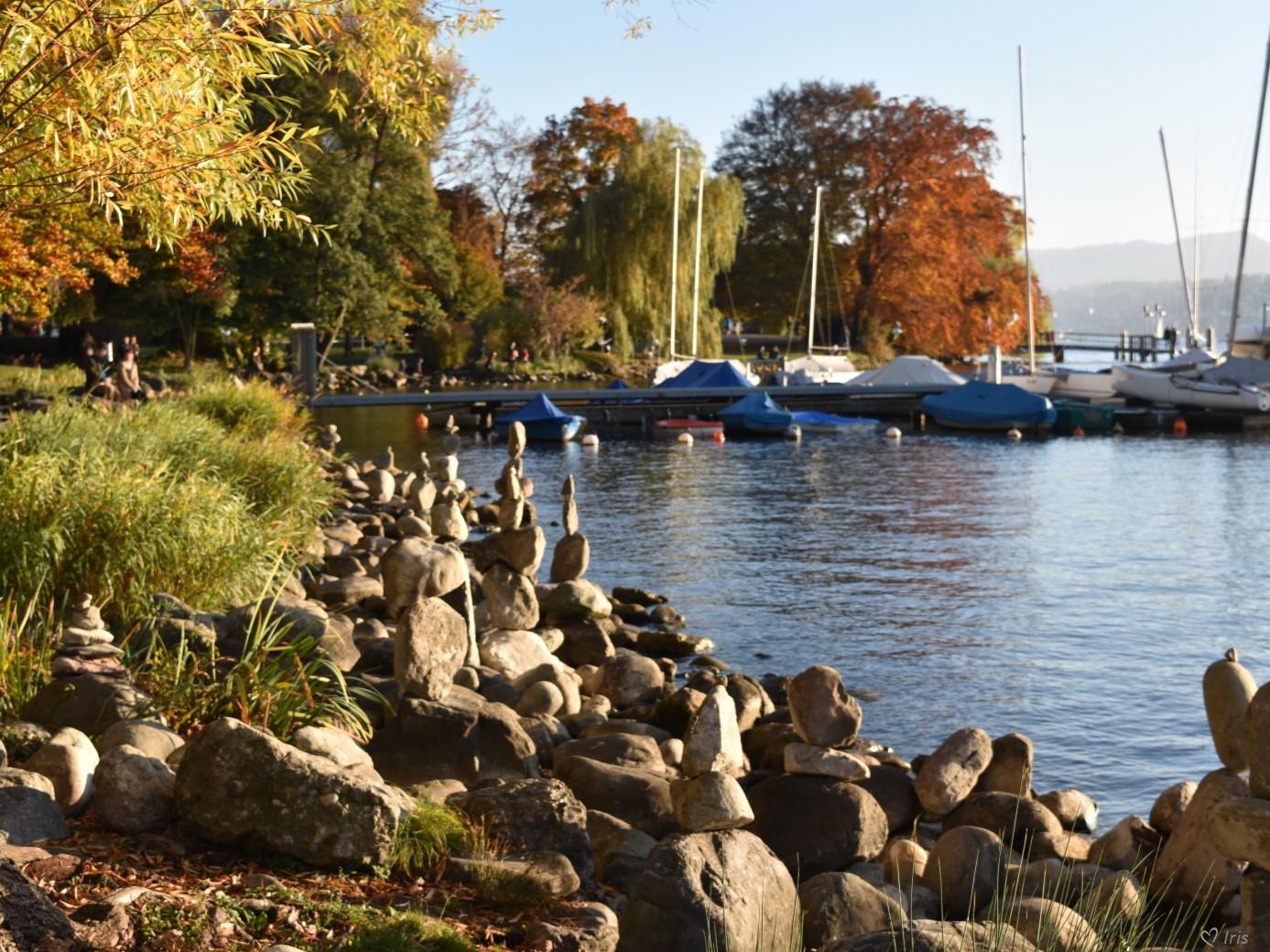Содержание
About Gyeongbokgung Palace
Gyeongbokgung Palace was almost absolutely destroyed during the Imjin War, the Japanese invasion of Korea. During the war, the king and a royal family should have left a Gyeongbokgung Palace, and they moved to another palace — Doksugung Palace. So Gyeongbokgung Palace was empty for about 3 centuries. And only during King Kojeong’s government Gyeongbokgung Palace was restored and became a royal family’s residence again.
Imjin War (1592–1598) — Japanese invasion of Korea. This war left a huge mark on Korean history. This war destroyed plenty of beautiful historical and cultural places. Also, it took away many lives.
However, in 1911 the Japanese army landed on the Korean peninsula again and Gyeongbokgung Palace got injured again. Almost all constructions were destroyed, and only 330 were saved.
A walking tour to Gyeongbokgung Palace
Now, let’s enter the palace and look inside it. Let’s look at the construction which was saved till today.
This palace is always crowded. Mostly, these are tourists. Because Gyeongbokgung Palace is number 1 in the list of top sights of Seoul.
Tron Hall in Gyeongbokgung Palace
Along the stone track, we will go to the heart of the Palace — to the Throne Hall. As you can see this stone way is divided into 3 lines. Do you know why? The middle part is the widest one, and it was used only by the King. The side two paths were used by others. Along the path, you can see small pillars with some writings. These pillars mean the rank of the officials, as higher rank, as closer official could come to the throne hall, i.e. to the king, during the appointment.
And here it is, a Throne Hall, and Throne itself. The most important and official ceremonies and appointments took a place here. On the top of the Throne hall, you can see golden dragons, which were associated with power and supreme authority. I will emphasize that it is the only golden thing in the Palace. This is one of the main specifics of the Joseon Dynasty, they didn’t use much gold in the Royal construction. Remember the Petergrof in Russia, which is shining of the golden stuff. Joseon Dynasty kings thought that golden decoration is wasting money, and instead of it, it is more useful to use this money on the development of the country.
All buildings inside are decorated with a hand drawing in old Korean style. All colors are natural, and they were waterproofed, so they didn’t wash out even on rainy days.
Buildings roof
On the building roof, you can see small figures of animals. These animals were protecting the buildings from evil spirits. The number of figures shows the importance of the building, as many figures are there so more important the building.
Gyeonghoeru Pavilion
One more famous construction of the palace is the Gyeonghoeru Pavilion. This pavilion stands on the pound. It was used as a place for official ceremonies and parties. That is why it is also called ‘A pavilion of joyful meetings’. The pavilion stands on 48 columns. It was designed to keep it cool during the hot summer, and warm during the freezing winter days.
Hyangwonjeong pavilion
If we will go deep inside the palace, we will meet another pavilion or pound, a ‘fragrant’ pound or ‘pound of the flying aroma’ Hyangwonjeong pavilion. It was built at the end of the XIX century according to King Kojeong’s decree. It was built for a queen and her court ladies. In the pound, lotuses grow, and fishes swim. It is super beautiful here in Spring.
If we will go closer to the Eastern gates, we will reach a folk museum. There is no entrance fee. Anyone can enter it and learn about Korean history and culture from a very old time till today. Also, there are exhibitions which represent some traditions. For example, you can see the scene from a traditional wedding ceremony. Also, there is an exhibition dedicated to the celebration of 60-years anniversary of parents.
Conclusion
Gyeongbokgung Palace is not just a palace or museum, it is a park at the same time. If you like nature, you can walk around here for hours. I recommend visiting the palace in Spring or Fall. Actually, spring and fall are the best seasons to visit the whole of South Korea. Because during these seasons Korea looks stunning, and the weather is perfect for walking tours.






